From Digital Native to AI Native: The Evolution Every IT Professional Must Make
You’re staring at another 200-line SQL query that’s been running for three hours, wondering if there’s a better way to extract insights from this mess of data. Meanwhile, your colleague just finished the same analysis in 15 minutes using ChatGPT to generate the initial query structure, then refined it through conversation.
Welcome to the reality check every IT professional faces today: being digitally fluent isn’t enough anymore.
The Uncomfortable Truth About Being “Tech-Savvy”
Here’s the thing—we’ve all been patting ourselves on the back for being digital natives. We can navigate Kubernetes dashboards, write infrastructure as code, and debug distributed systems at 2 AM. But if you’re still approaching AI like it’s just another tool in your toolkit, you’re missing the fundamental shift happening right under your nose.
I learned this lesson the hard way during a recent data pipeline migration. While I was manually crafting transformation logic for hours, a junior developer on my team used GitHub Copilot to generate, test, and deploy similar functionality in a fraction of the time. The code quality? Better than mine. The documentation? More comprehensive. The wake-up call? Loud and clear.
Digital Native vs. AI Native: It’s Not Just Semantics
Digital natives use tools. We’re comfortable with APIs, comfortable with automation scripts, comfortable with cloud consoles. We think in terms of: “I need to accomplish X, so I’ll use tool Y to get there.”
AI natives collaborate with intelligence. They think: “I want outcome X, let me have a conversation with AI to explore the best path forward.” It’s the difference between operating a calculator and having a math tutor who understands context.
The Real Differences That Matter
Problem-Solving Approach
- Digital native: “I need to write a monitoring script. Let me check the documentation, write the code, test it, debug it.”
- AI native: “I need comprehensive monitoring. Let me describe my infrastructure to Claude and iterate on solutions together.”
Tool Interaction
- Digital native: Learns specific commands, syntax, and workflows for each tool
- AI native: Learns to communicate intent and iterate on solutions through natural language
Adaptability
- Digital native: Stays current with tool updates and new versions
- AI native: Focuses on problem-solving patterns that work across evolving AI capabilities
Why This Shift Matters More Than You Think
The competitive advantage isn’t just about individual productivity—though that’s significant. It’s about fundamentally changing how technical problems get solved.
Speed to Solution: When you can describe a complex infrastructure problem and get working Terraform code in minutes instead of hours, you’re not just faster—you’re operating in a different league.
Quality Through Iteration: AI doesn’t get tired or make silly mistakes at 3 AM. It can help you spot edge cases, suggest optimizations, and maintain consistency across large codebases.
Learning Acceleration: Instead of spending hours reading documentation for a new technology, you can have a conversation with AI to understand concepts, see examples, and get hands-on quickly.
But here’s the kicker: your organization is probably already evaluating people on these capabilities, whether they’re explicitly stating it or not.
Your Practical Roadmap to AI Native
1. Start With Your Daily Pain Points
Don’t try to revolutionize everything at once. Pick the stuff that makes you want to throw your laptop out the window:
Data Analysis: Instead of writing complex pandas operations from scratch, describe what you want to achieve and let AI generate the initial code structure.
Documentation: Use AI to convert your quick notes into proper technical documentation, or to explain complex code to stakeholders.
Debugging: Paste error logs and stack traces into AI tools for initial analysis and troubleshooting suggestions.
Code Review: Get AI feedback on code quality, security issues, and optimization opportunities before sending to human reviewers.
2. Master the Art of Technical Conversation
This is where most technical folks struggle. We’re used to precise syntax and exact commands. AI works better with context and iteration.
Bad prompt: “Write a Python script for data processing”
Better prompt: “I need to process CSV files from our API logs, extract error patterns, and generate a daily summary report. The files contain timestamp, endpoint, status_code, and error_message columns. I want to identify the top 10 error patterns and track their frequency over time.”
Best approach: Start with the better prompt, then iterate based on the results. “This is good, but can you add exception handling for malformed dates?” or “How would this perform with files larger than 1GB?”
3. Build Your AI Tool Stack
Start with these categories and find what works for your workflow:
Code Generation & Analysis
- GitHub Copilot for real-time code assistance
- ChatGPT/Claude for architecture discussions and complex problem-solving
- Cursor or other AI-powered IDEs for integrated development
Infrastructure & DevOps
- AI-powered monitoring tools that can explain anomalies
- Cloud provider AI services for cost optimization and security recommendations
- AI assistants for cloud architecture reviews
Data & Analytics
- AI-powered SQL generation and optimization
- Natural language to query interfaces
- Automated insight generation from datasets
4. Develop Your Data Intuition
Here’s where many technical folks have an advantage—you already understand data quality, security, and privacy. Now apply that knowledge to AI interactions:
Be Selective With Sensitive Data: Never paste production credentials, customer data, or proprietary algorithms into public AI tools. Use sanitized examples or set up private AI instances.
Understand the Training Data Limitations: AI models have knowledge cutoffs. For the latest cloud service features or recent security vulnerabilities, combine AI suggestions with current documentation.
Quality Control Everything: AI can make confident-sounding mistakes. Always review generated code, especially for security-critical components.
5. Think Partnership, Not Replacement
The most successful AI natives I know treat AI like a really smart junior colleague who never gets tired but sometimes needs guidance:
Delegate the Grunt Work: Let AI handle boilerplate code, initial research, and routine analysis. Focus your energy on architecture decisions, business logic, and creative problem-solving.
Collaborate on Complex Problems: Use AI as a thinking partner. “I’m designing a microservices architecture for X requirements. What are the trade-offs between these approaches?”
Maintain Technical Judgment: AI might suggest using a NoSQL database for everything or over-engineering solutions. Your experience and judgment are still critical.
The Ethics and Responsibility Piece
As technical professionals, we’re often the ones implementing AI solutions for our organizations. This puts us in a unique position of responsibility:
Transparency in AI Usage: Be upfront about when AI helped generate code or analysis, especially in peer reviews or client deliverables.
Bias Recognition: Understand that AI models can perpetuate biases present in training data. This is particularly important for systems that make decisions about users or resources.
Security Considerations: AI-generated code can introduce security vulnerabilities. Always review for common issues like injection attacks, improper authentication, or data exposure.
Staying Current in an Accelerating Field
The AI landscape changes faster than JavaScript frameworks (and that’s saying something). Here’s how to stay relevant:
Follow the Right Sources:
- OpenAI, Anthropic, and Google AI research blogs for cutting-edge developments
- Practical AI newsletters like “The Batch” or “AI Breakfast” for industry applications
- Technical communities like r/MachineLearning or AI-focused Discord servers
Experiment Regularly: Set aside time each week to try new AI tools or explore new capabilities in existing ones. The best learning happens through hands-on experience.
Share Your Learnings: Write about your experiences, share tools that work, and contribute to the community. Teaching others solidifies your own understanding.
The Bottom Line
Here’s what I wish someone had told me six months ago: becoming AI native isn’t about mastering another technology stack. It’s about fundamentally changing how you approach problem-solving.
The technical professionals who thrive over the next few years won’t be the ones who memorize the most AI tools or write the most sophisticated prompts. They’ll be the ones who can seamlessly blend human expertise with AI capabilities to solve problems that neither could tackle alone.
Your domain knowledge, system thinking, and hard-earned technical judgment aren’t becoming obsolete—they’re becoming more valuable when amplified by AI.
The question isn’t whether AI will change how we work. It’s whether you’ll lead that change or scramble to catch up.
Start small. Start today. Start with the next problem that lands on your desk.
The future belongs to AI natives, and the transition starts with a single conversation with an AI tool about a real problem you’re trying to solve. What will yours be?
What’s your biggest challenge in adopting AI tools in your technical work? The biggest barrier is often not knowing where to start—pick one repetitive task you hate doing and have that conversation with AI today.

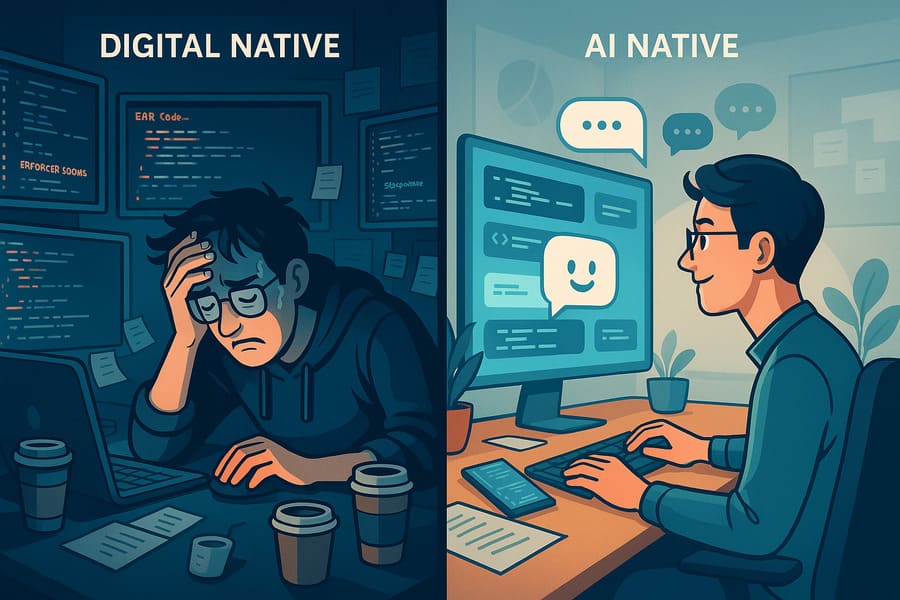
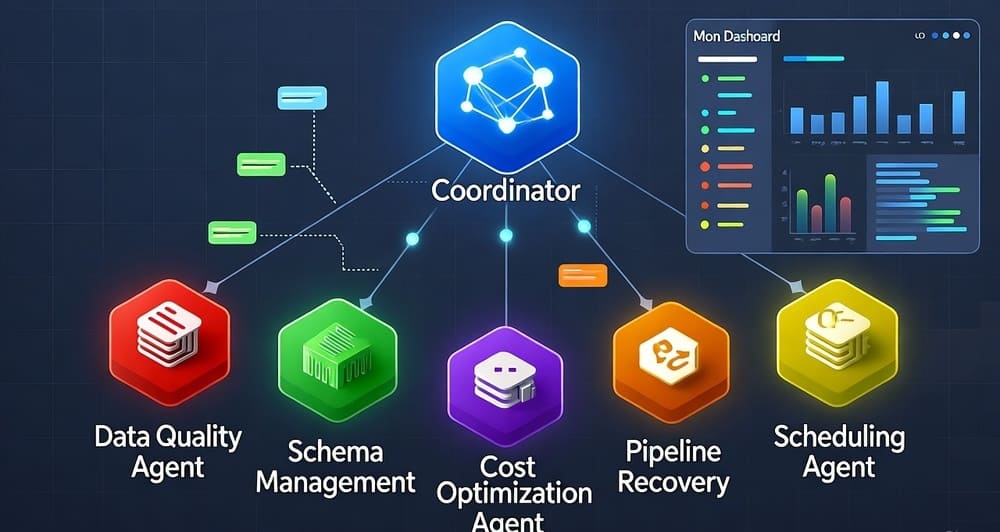
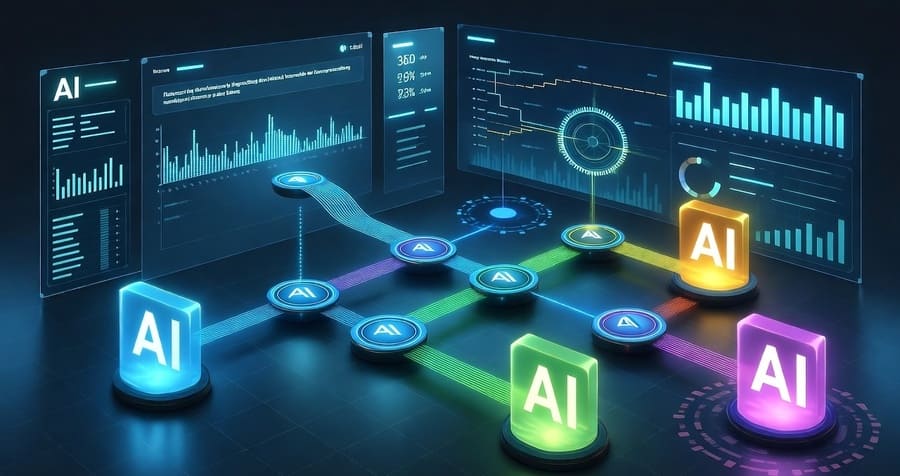
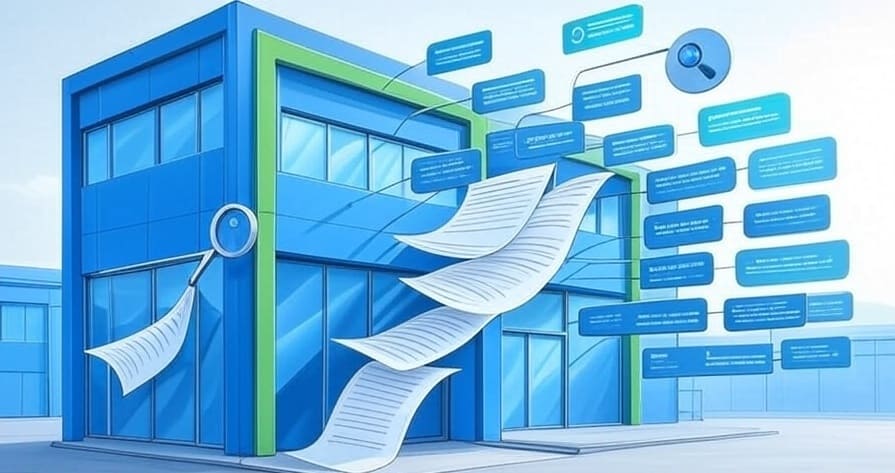
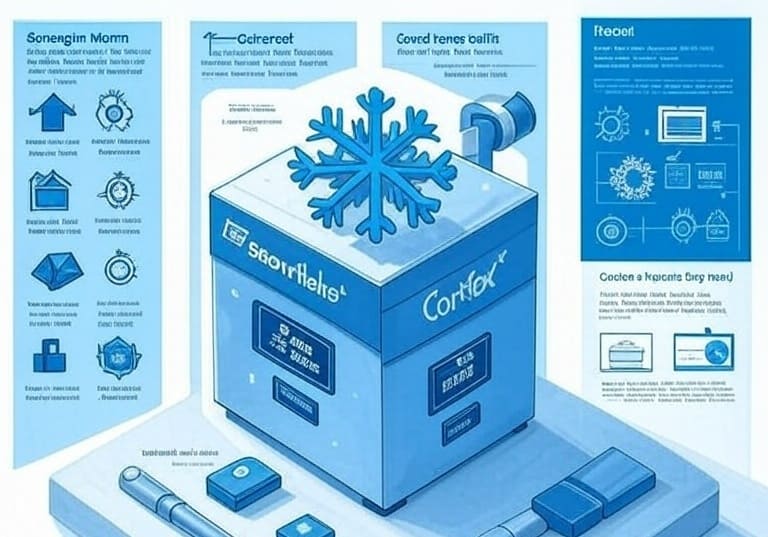

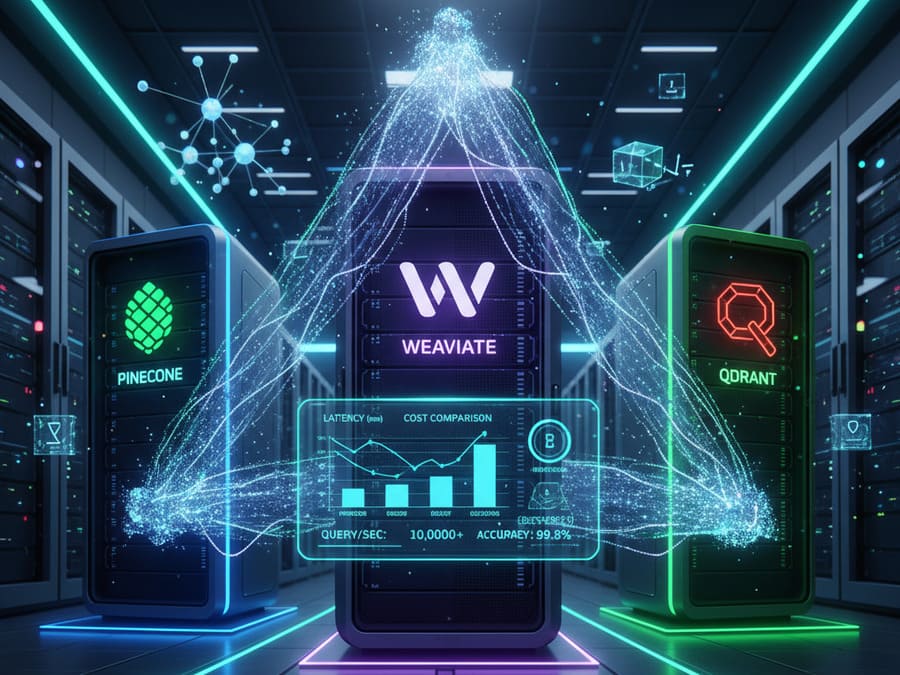
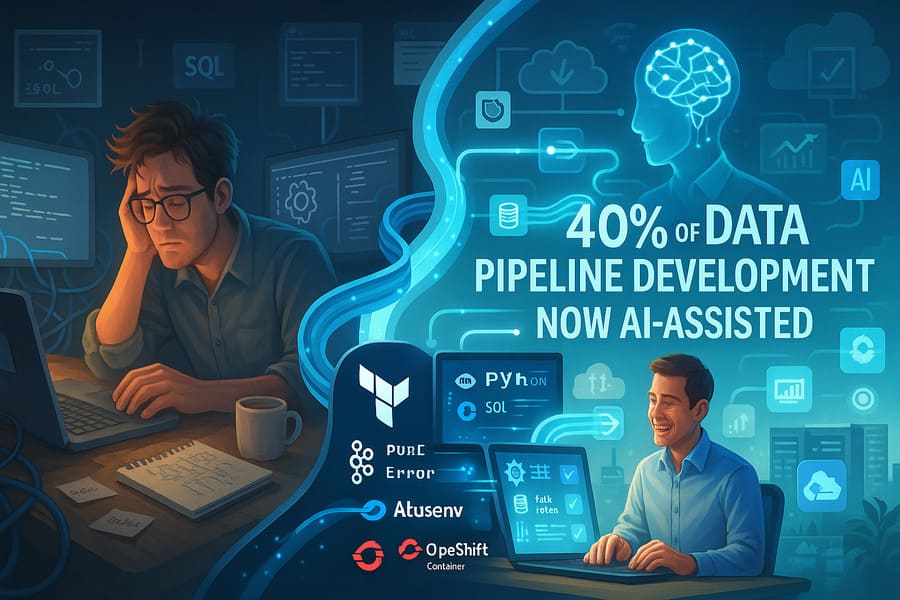


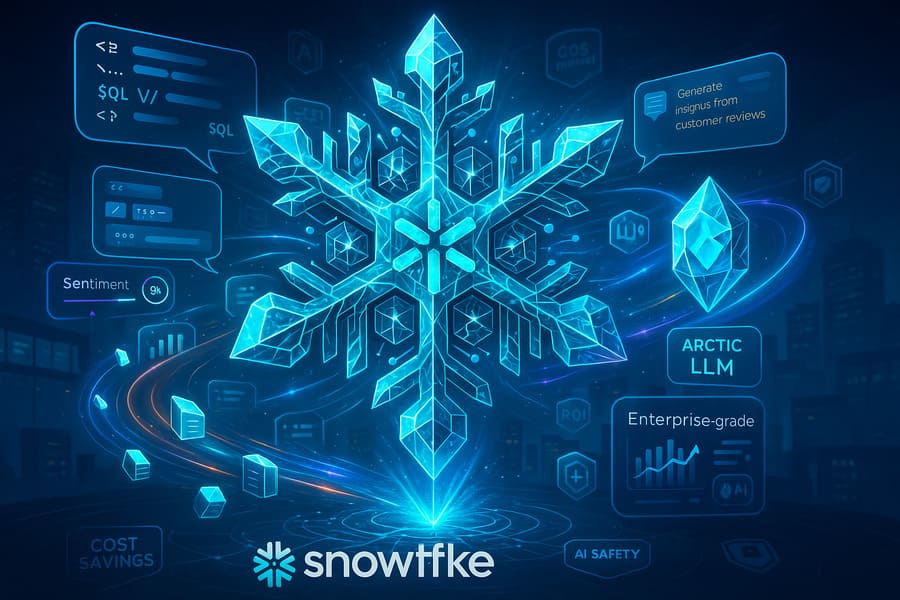




Leave a Reply